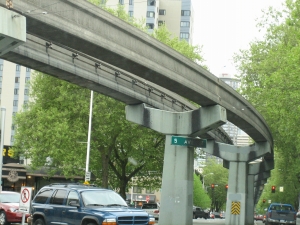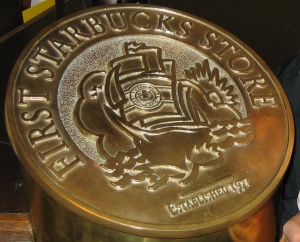
|
There are a couple of things on Gretchen's list that push my previous observations to the next level - for example:
|
Your next click should be to head over to Gretchen's and check out the whole list.
Though it was focused on a different topic, this list also reminds me of a conversation with a colleague of mine in the UK this week on what it takes to work effectively with business partners. Our list sounds very similar (though a lot shorter):
- Build trust early by sharing your objectives, concerns, and vulnerabilities
- Understand your partner's objectives, concerns, and vulnerabilities so you can support them
- Work hard to achieve a win/win/win scenario (ideally, you win, they win, and your customers win)
- Be prepared to share the risk with your partner - that means taking on some of their risk, not just transferring your risk to them.
- Be prepared to share the good things, too -- revenue, glory / credit, account information, etc. -- the rewards will be far greater for you both in the long run
- Make sure there is a long run by working hard and continuing the open communication, even when things don't go as well as expected
It's easy to hold back in relationships because we freak ourselves out with the thought of losing control, being judged, being hurt, being "tricked" or other kinds of scary things. Start by opening up and taking a few risks - nothing ventured, nothing gained.
Related:
- Genuine Curiosity (Feb 11, 2005)
- It's all about you, isn't it? (5/19/2005)
- The Happiness Manifesto (11/18/2005)


 As I mentioned
As I mentioned 

